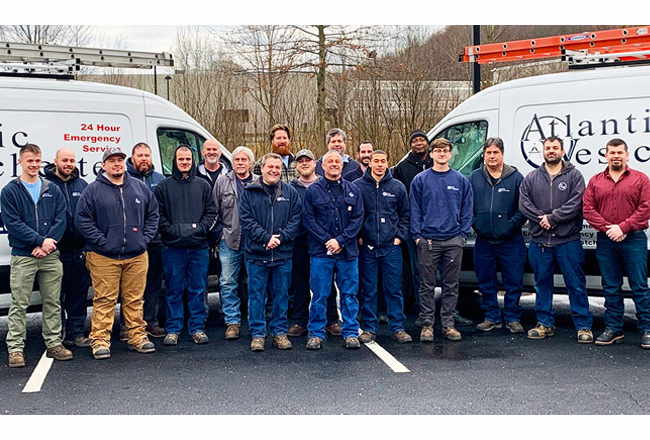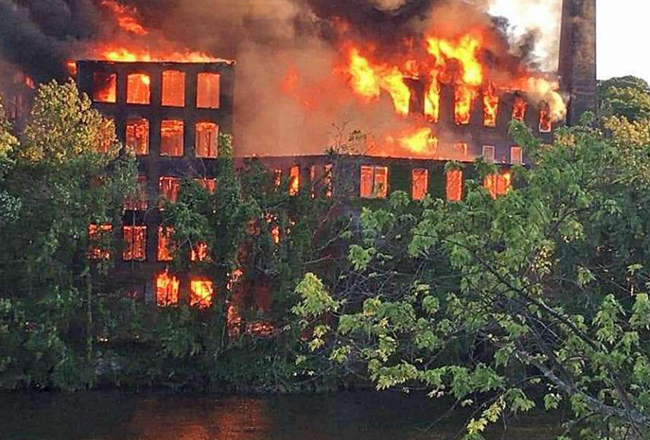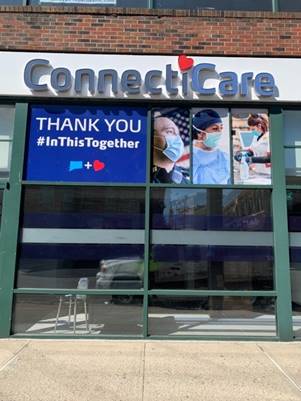Slowly but surely business activity is incrementally ramping up as the phased economic recovery from the COVID-19 shutdown continues. While many workers are anxious to move back from working at home to places of business, questions arise as to whether the buildings are ready for their return.
The Centers for Disease Control and Prevention (CDC), as it has for so many aspects of the effort to control COVID-19, issued guidance calling for buildings to be checked before resuming business operations to be sure they”™re ready for occupancy.


“Ensure that ventilation systems in your facility operate properly,” the CDC urged, and it called for compliance with practices promulgated by the American Society of Heating, Refrigerating, and Air-Conditioning Engineers for building operations during the COVID-19 pandemic.
Among the CDC”™s recommendations have been to increase ventilation rates, allow more outdoor air to come inside, upgrade filters and seal edges of the filters to limit air bypass.
“COVID has essentially changed everything as far as people beginning to pay attention to the air that they”™re breathing,” HVAC expert Bud Hammer said.
Hammer is president of Atlantic Westchester, a commercial heating, ventilation and air conditioning company based in Bedford Hills. He”™s been in the field for more than three decades and told the Business Journal that starting around the middle of May people suddenly became intensely interested in the air quality of buildings they”™d be reentering.
“We”™ve been very careful not to sound alarms that there”™s danger lurking inside, so we”™ve taken a conservative approach and tried to do research on technology that just focuses on cleaning air as it”™s recirculated through a building,” Hammer said.
“Not really knowing whether or not COVID … can be spread from one space to another through an HVAC system we didn”™t want to make any statements that were found out to be untrue. However, we”™ve all become accustomed to just basic, hygienic, common sense things and that is: keep wiping down surfaces; wear a mask when you”™re close to somebody; be careful, be aware of your surroundings; and just try to keep your hands clean, don”™t touch your face after you”™ve touched several things.”
Hammer said that in addition to the coronavirus there”™s been another concern: mold. With the weather warming up and humidity increasing while HVAC systems remained shut down as a result of buildings being temporarily vacant, mold could theoretically have a field day.
“You don”™t want high humidity in a building that is warm because that could become a breeding ground for mold or other issues,” Hammer said. “Mold is kind of a nasty thing and the fact that it”™s a living organism, once it starts growing and you don”™t know about it, it sort of becomes a runaway train.”

Hammer pointed out that half of the battle in reopening a building is just to be sure that the existing HVAC system is operating properly so there won”™t be a breeding ground for mold, mildew, bacteria or anything else. He said that technology can be applied to upgrade the capabilities of the system.
“Whether it’s in a commercial building or a residential building that has a central air system, the two main technologies are ultraviolet light and the other is called bipolar ionization,” Hammer said. “Bipolar ionization is essentially a process where there are electricity charges put into the air stream.” Minuscule particles of contamination, such as viruses, become electrically charged, are attracted to each other and merge to create larger particles that are more easily filtered out of the air.
“It takes particles in a space and it kind of glues them together and the air is still moving but they”™ll travel back to that fan and hit that filter and, as they”™ve clung together, now they become bigger so the filter will catch them,” Hammer said. He likened it to air going through a car wash.
Hammer explained that while ultraviolet light can be used against airborne contaminants, it also is effective on surface contamination. New York”™s Metropolitan Transportation Authority is using it to sanitize stainless steel and plastic surfaces in subway cars, for example.
“In normal times we would look at a facility from a service and maintenance perspective and see if perhaps an older system could work in this day and age in an efficient practical manner,” Hammer said. “We have systems that are in buildings, particularly in school districts, that are over 50 years old and they work fine. They were built pretty well and for ventilation and building code requirements there”™s really no reason to rip out the system and replace it with something new.” He explained that in either an old or a new system, proper filtration is vital for cleaning the air regardless of whether it”™s a school, office or residence.
“It”™s a matter of how much dirt or dust you may be generating in your living space and how much of that you”™re willing to have fall on surfaces so that you have to dust every week or how much of that you would like to capture in a filter,” Hammer said. He said that filters are rated on a MERV scale according to how tiny the particles are that it can capture and how efficient the filter is at capturing them.
Filters rated MERV 8 and up are commonly used for trapping larger particles of around one micron and up in size, while those rated MERV 13 and above are said to be able to capture particles as small as 0.3 microns in size. Viruses generally range from 0.1 to 0.3 microns. Human hairs typically range from 20 to 40 microns in size.
“We”™re reoccupying our building now,” Hammer said. “I”™m putting this ionization system in. We”™ve had a whole plan built following CDC guidelines.”
Hammer mused that the air that we breathe has always had pollution of some sort in it. He expressed concern that people who suffer from allergies can be affected.
“Sometimes you walk into a building and it feels a little bit cleaner than another building because it”™s got better ventilation rates,” Hammer said. “As far as walking into a building today that hasn”™t been occupied in a little while I would exercise caution in the beginning until an occupant found out if and whether anything has been looked at, addressed, paid attention to, just from a quality of maintenance point of view.”



















